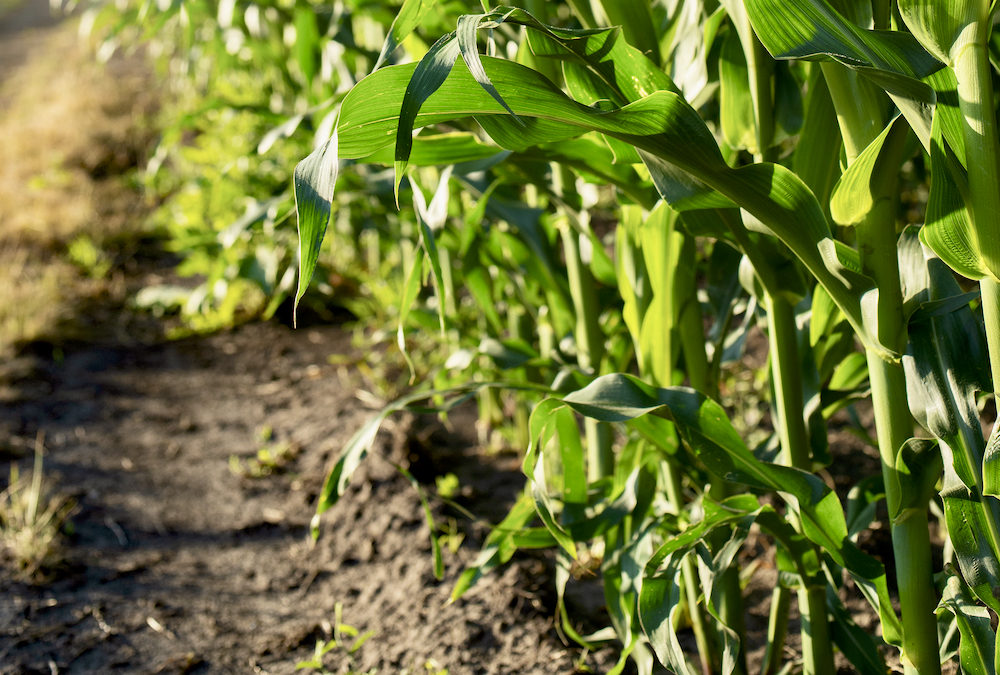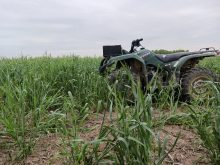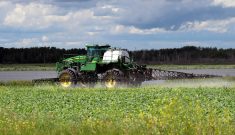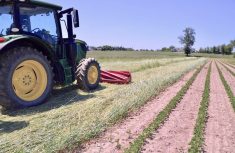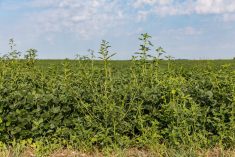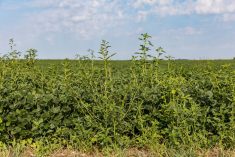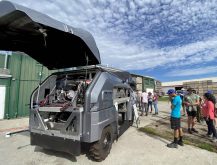Although their operations differ in size and geographic location, two organic growers agree that to get ahead of weeds before they rob yields, crop rotation and always keeping soil covered is key.
Jamie Israel of 3Gen Organics in Mapleton Township and Rick Clark of Williamsport, Indiana, were featured speakers at a recent Guelph Organic Conference session on integrated weed management. They shared what they’ve learned about managing weeds while staying true to their holistic belief that soil and plant health should be preserved without the use of chemical controls or heavy tillage.
Why it matters: Weed control is a particular challenge for organic production, so using an integrated weed management strategy is essential.
Read Also
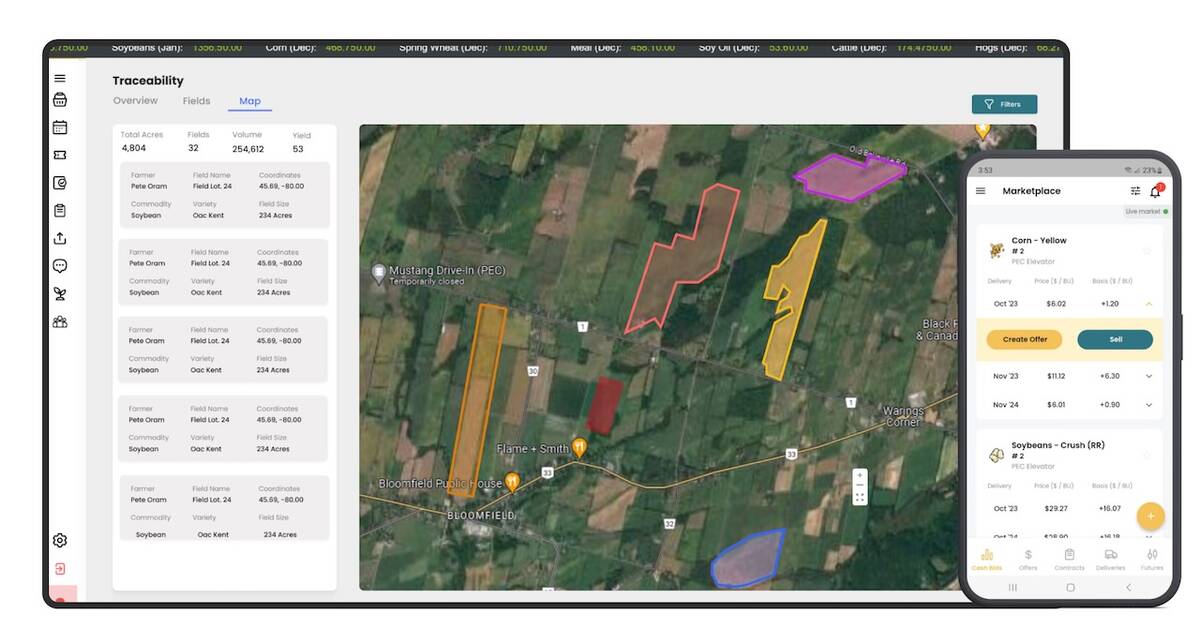
Ontario company Grain Discovery acquired by DTN
Grain Discovery, an Ontario comapny that creates software for the grain value chain, has been acquired by DTN.
Clark has been growing organically the longest of the two farmers. In his 20 years of experience, he told the audience “diversity is where it’s at. You’ve got to have diversity of cover crops, you’ve got diversity of cash crops, and you’ve got have diversity in how you do things.”
3Gen Organics is learning that lesson. The farm started transitioning to organic in 2015 and is named for the three generations who own and operate the farm – Jamie, his son Brett, and father Carl. They grow soft red winter wheat, hard red spring wheat, winter and spring barley, cereal rye, hybrid rye, triticale and peas for forage production on 1000 acres, and also have an organic farrow-to-finish operation. Most of the grain and all of the forage is fed to their pigs, either fresh or ensiled. Israel said they market most of their wheat locally to 1847, an artisan miller in Fergus.
The ground the Israel’s farm is primarily clay-type that has a little bit of loam.
“It can be unforgiving if you don’t handle it the right way,” said Israel.
The biggest weed challenge they’ve had since transitioning to organics in 2015 is perennial Canada thistle. As they progressed in their organic journey, Israel said they noticed thistles were becoming more popular in their fields despite their efforts to combat it.
“So we had to make some decisions on how we were going to change some of our systems.”
The Israel’s started brainstorming ideas on how they could still grow profitable crops, while being good to the soil and provide healthy crops for their animals, “because we always have to keep in mind we’re animal based.”
They began trialling different rotations and strategies two years ago, and are part of the Living Labs initiative in Ontario.
One of the biggest learnings they’ve had so far, said Israel, is that they’ve had to bring back the plow.
He said throughout his farming career, no-till has always been the mantra. “But if we don’t use the plow to sever those thistle roots, it doesn’t ever seem to want to go away.”
Israel said they now use tillage “strategically” and the incorporation of more small grains and cereals into their rotation has helped to lessen the presence of Canada thistle.
Previously, once the small grains and cereals were harvested in the fall, they would broadcast with a cover crop, usually a clover and brassica blend, let that grow, and then disc rip in the fall.
What they learned from this, said Israel, is that they were probably letting their cover crop get too mature “and it became a lot harder for our soil to digest it and the bacteria and fungi to break it down.”
Another consequence, he said, was that the nutrients were not there for the next crop. “We’ve seen a drag in some of our corn yields because of that.”
What they do is take it off as a forage cut, which they then feed to their pigs. “We’ve had great success with it, [the pigs] love it, their production has gone through the roof on it,” said Israel, noting that their pigs per litter as well as sow milk production has increased.
Clark, who farms nearly 2000 acres and has a dairy operation, said finding the right cover crop “cocktail” is essential, and it will be different for each farm.
“You have to experiment,” he said. But what’s most important in his eyes is keeping the ground covered throughout the entire year.
What’s also important is to not think of weed management as killing weeds.
“It’s about creating an environment where weeds don’t want to germinate and grow,” he said.


